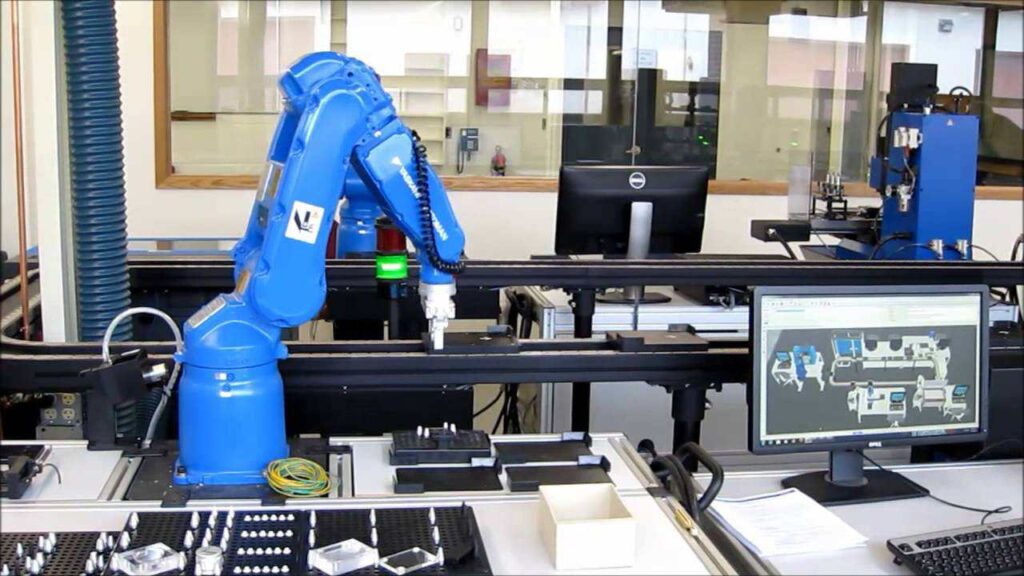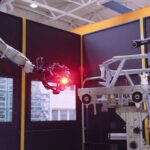we have seen that a number of activities and operations viz. designing, analyzing, testing, manufacturing, packaging, quality control, etc. are involved in the life cycle of a product or a system (see Figure 1.1.4). Application of principles of automation to each of these activities enhances the productivity only at the individual level. These are termed as ‘islands of automation’. Integrating all these islands of automation into a single system enhances the overall productivity. Such a system is called as “Computer Integrated Manufacturing (CIM)”.
The Society of Manufacturing Engineers (SME) defined CIM as ‘CIM is the integration of the total manufacturing enterprise through the use of integrated systems and data communications coupled with new managerial philosophies that improve organizational and personal efficiency’.
CIM basically involves the integration of advanced technologies such as computer aided design (CAD), computer aided manufacturing (CAM), computer numerical control (CNC), robots, automated material handling systems, etc. Today CIM has moved a step ahead by including and integrating the business improvement activities such as customer satisfaction, total quality and continuous improvement. These activities are now managed by computers. Business and marketing teams continuously feed the customer feedback to the design and production teams by using the networking systems. Based on the customer requirements, design and manufacturing teams can immediately improve the existing product design or can develop an entirely new product. Thus, the use of computers and automation technologies made the manufacturing industry capable to provide rapid response to the changing needs of customers.


